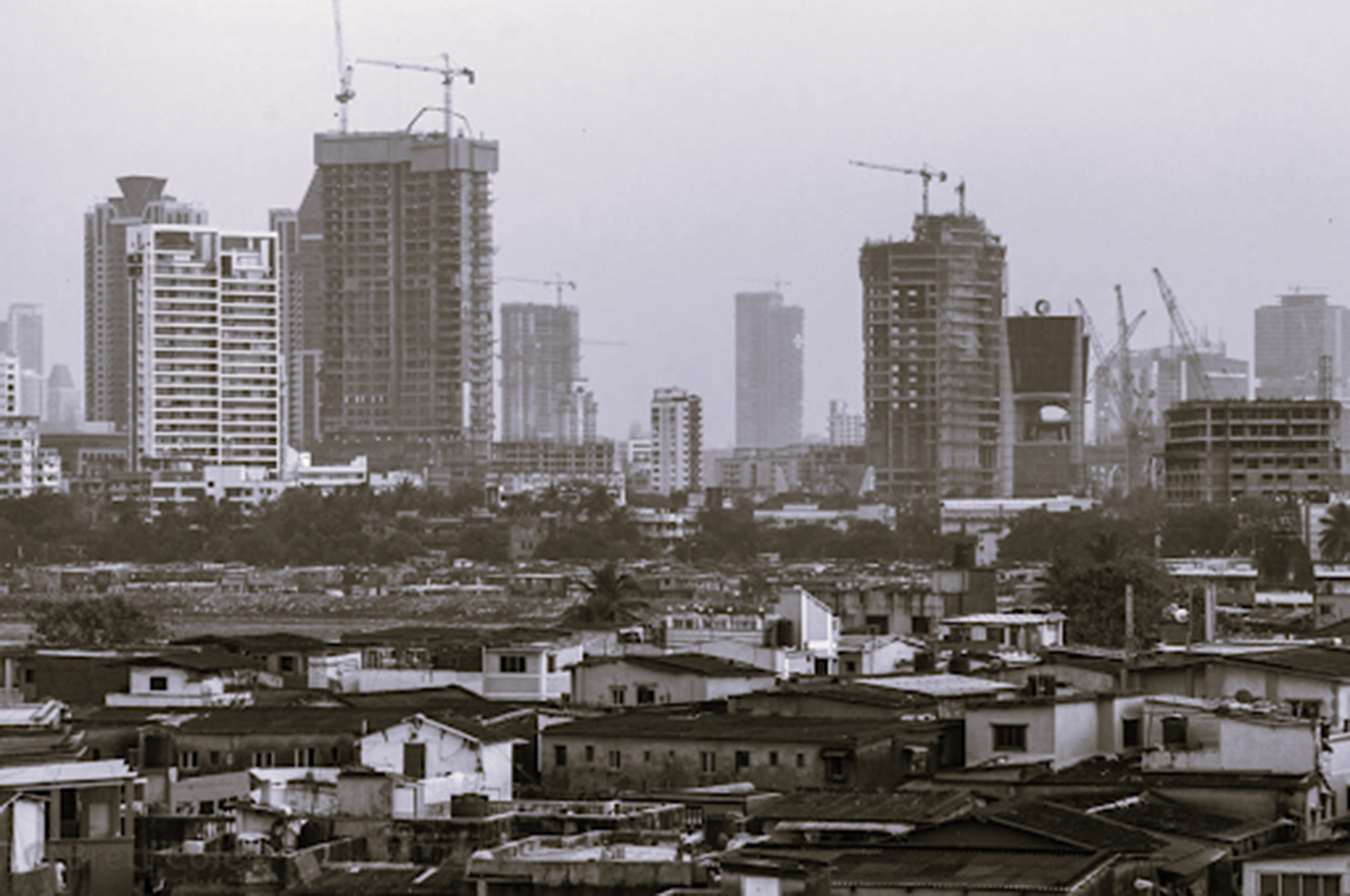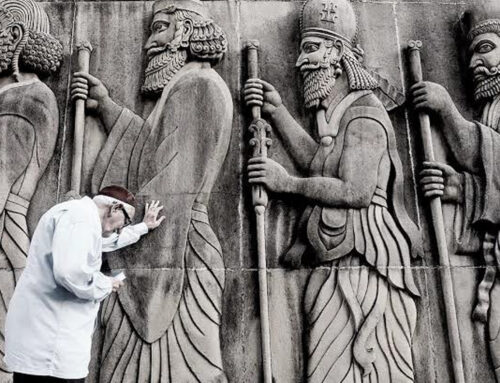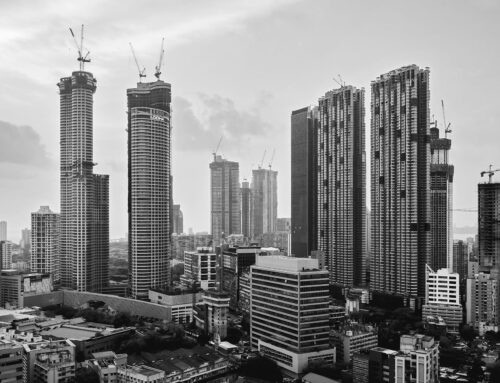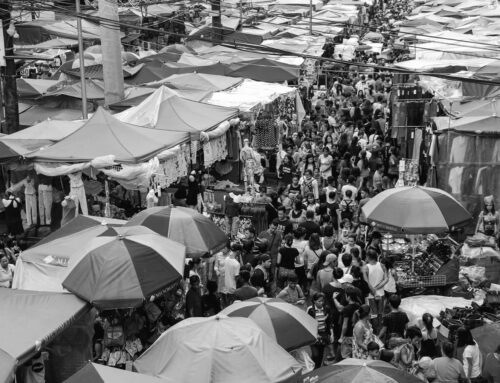

Mumbai, a bustling city sprawled in 603.4 sq kms has mirrored some of the harshest contrasts of life. Don’t get fooled by the charms this city throws at you. Mumbai strikes a strong irony in every aspect of life. On one side, tall skyscrapers reflect rampant economic development; on the other, highly populated slums bring out the socio-economic vulnerabilities in the city. While Mumbai faces the brunt of climate change, it is the slums which are, home to almost half the population, continue to bear the maximum risks. Adaptation strategies for climate change that fail to protect these marginalized groups substantially increase social inequity, increase economic costs, and lead to long-term environmental degradation. Are we pensive about these issues or will Mumbai continue to treat the vulnerable with utter uncertainty?
Vulnerability of the Slum Dwellers
According to a study conducted by UNICEF India and BMJ, nearly four out of ten households in Mumbai’s urban slums are vulnerable to health issues, and most of the households are vulnerable in their social, occupational, and residential spheres. The prevalence of poor sanitation and hygiene was critical, and overcrowding and inadequate ventilation were almost universal. Do they deserve to bear the worst consequences of a calamity they are not a part of generating? Poorly built homes collapse and streets become rivers during the monsoon rains, increasing the danger of waterborne illnesses and other health problems. The July 2005 flood in Mumbai, which uprooted thousands of slum dwellers and claimed about 1,100 lives, showed how susceptible these areas are to even mild flooding. Climate change exacerbates these issues by heightening the effects of climatic events on already vulnerable lives. For slum dwellers, the absence of proper infrastructure and restricted access to resources, health, and emergency services raises the danger level to the peak. Repeated cycles of displacement and loss without proper adaptation measures put them into something what’s called a poverty trap.
The Economic Case for Inclusive Climate Policies
We cannot be oblivious to their major role in Mumbai’s economy, contributing to industries like textiles, food production, and services. As the world’s second-largest producer of fish, India’s culture fisheries account for nearly half of the country’s inland fish production, and the sector has consistently increased in gross value, accounting for 5.23% of agricultural GDP. From the aboriginal Koli fisherfolk of Mumbai whose livelihood has revolved around fishing for around 500 years to the Agri tribe being the major salt and rice producers. The fishing industry has employed approximately 14.5 million people in India. Protecting these communities through inclusive climate policies ensures the stability of their livelihoods and, by extension, the broader economy of the MMR.
The need of the hour is to bridge the gap between sustainability and social equity. Let’s look at a few best practices which we could inculcate for the same. Policies like Kenya’s Climate Smart Agriculture Strategy, which are specially designed to help increase marginalized farmers, pastoralists, and fisherfolk’s ability to adapt to and withstand the negative effects of climate change. The KCSA strategy is inclusive because it prioritizes providing training, access to technology, and financial support to the marginalized farming communities who are most at risk from the effects of climate change. Policies like the National Adaptation Fund for Climate Change (NAFCC) in India also set a remarkable example of how India is also committed towards making climate change and sustainability equitable.
With the capability approach as a lens through which to see these inequalities, these are no longer just a matter of who has more or less wealth but, rather, who has freedom over a life of dignity and security. In this regard, it means true development cannot be measured through GDP or any form of wealth but is about what people can actually do and be. And in the case of Mumbai’s slum dwellers, their fundamental capabilities to have safe shelter, clean water, healthcare, and even the basic ability to escape harm’s way are constantly under threat.
The elite or the so-called privileged can easily retreat to the safety of gated communities or evacuate in climate crises. This leaves climate change upon those with even less, often at an even deeper “adaptation,” one in survival and coping out of raw necessity. Always rebuilding their lives over, fighting once again to locate the essential resources after another flood. Always striving hard for respite when hit by heatwaves. Climate adaptation strategies must flip this script. Instead of designing policies that cater to the elite’s comfort, the focus should be on those whose lives hang in the balance, our slum dwellers. Building up their capabilities through secure housing, health care, clean water, and disaster preparedness is not just a reduction of suffering but an empowerment to design their futures in a fast-paced and an unequal world. Those at the bottom must be at the forefront of fighting climate change because when that storm hits, it’s their homes that crumble first, and their lives are hardest to rebuild.
Anjali Saini
Research Intern – Mumbai First




